- Protective Film: Key Functions
- Is it necessary to remove?
- When problems arise?
- Useful tips for removing film from metal
- TOP 5 ways to remove protective film from metal products
- Safety first
- Technical means for removing protective film from metal
- Chemical solvents to the rescue
- FAQ: Answers to Common Questions
How to Remove Protective Film from Metal?

Metal products, such as components for suspended ceilings, facade panels and cassettes, and elements of enclosing structures, are coated with a protective-decorative layer of polymers during manufacturing. These polymers possess sufficient strength but still require protection during transportation and installation. They are protected in the simplest way – by wrapping them in a thin polymer film.
However, after the film has served its purpose, it is often not removed, leaving it on the surface. We will explain the consequences of this and how to deal with the problem we create for ourselves in our article.
PROTECTIVE FILM: KEY FUNCTIONS
To protect metal surfaces with protective-decorative coatings made of polymers (polyester, PVDF, plastisol, pural), a thin film of PVC or polyethylene is applied to them, ranging from 30 to 60 micrometers in thickness. It is secured to the surface of the part by a self-adhesive layer and performs the following functions:

- Protects metal from moisture and oxidation.
- Prevents damage to the protective layer during storage and transportation.
- Minimizes the risk of damage to the polymer coating during installation.
Despite its thinness, the polymer acts as a shock absorber, preventing surface scratches when in contact with other components. Additionally, polyethylene and PVC are impermeable to water and air, and they block UV rays, ensuring that the colored coating retains its brightness and uniform structure even during extended storage.
SHOULD IT BE REMOVED?
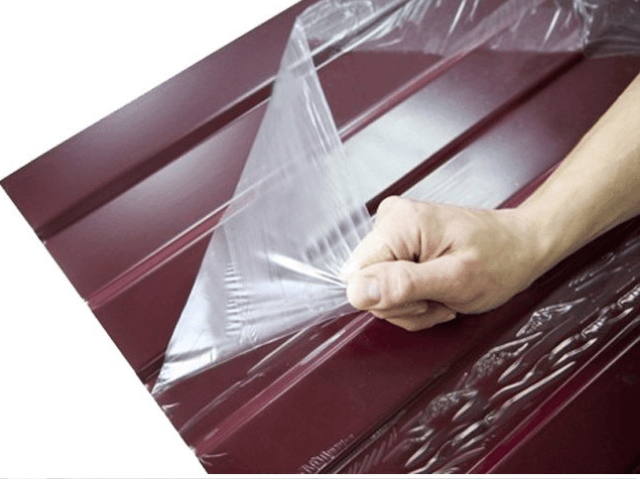
If this film is so useful, can it be left on the metal? It’s not advisable, and here’s why:
- Firstly, the integrity of the film is inevitably compromised during transportation and installation. Even if a high-quality, thick film of 60 micrometers was used, attached with a high-adhesion compound (as is the case with products from “MehBud”), it will inevitably wear out, tear, and detach in several places.
- Secondly, the film is not designed for long-term use. It starts to deteriorate under the influence of UV rays, and over time, its insulating characteristics will decrease. The result is the appearance of cracks, swelling, and other defects.
All of this leads to the fact that instead of a practically invisible, perfectly smooth protective film on the metal surface, a fringe of scraps appears, with some of the material firmly attached to the base, some hanging down, and some forming unsightly bubbles. Problems with aesthetics are only half the issue: when moisture starts to penetrate under the film, it creates conditions for rapidly developing corrosion in the gap between the metal and polyethylene.
Therefore, the answer to the question posed in the title is unequivocal: the film should be removed!

WHEN PROBLEMS ARISE?
Ideally, the protective film (also known as “installation film”) should be removed immediately after the construction is installed, whether it’s a facade panel, ceiling rail, or metal fence. However, sometimes owners are tempted to leave the construction “protected” until the finish is completed.
On one hand, this is justified. On the other hand, if the finishing takes longer than expected or if you forget to remove the film after finishing, it will become increasingly difficult to do so over time. The reason for this is that the adhesive used for temporary fixing of polyethylene on metal with protective coating will start to dry out. It almost always dries out unevenly, causing part of the film to peel off while another part becomes “stuck” to the metal. The film itself, lacking high tensile strength, will tear, making it impossible to remove it using the standard method.

To prevent this, you should not leave the film on the metal for longer than 1-2 weeks. However, if you’ve missed the right moment and the film has adhered, below we will explain how to remove it with minimal time, effort, and minimal risk to the decorative coating of the parts.
USEFUL TIPS FOR REMOVING FILM FROM METAL
The first rule when removing films is to avoid any strong actions. To remove the protective coating, you should not use sharp objects, metal spatulas, brushes with steel bristles, or abrasive materials. You may remove the film, but the coating will be irreparably damaged, and corrosion will quickly develop in the damaged areas.
Here are a few “non-invasive” methods:
- The simplest solution to the problem is using tape. Apply a strip of wide tape over the film’s surface and press it tightly so that the tape adheres to all problem areas. Then slowly start peeling off the tape from one side. Typically, the polyethylene comes off with the tape.
- Using solvents is a risky step. You can use them, but it’s better to test them on the metal’s protective coating beforehand. The solvent should not dissolve the polymer layer or change its color/texture; in that case, it can be used to remove the film.
- Finally, a simple and gentle method. Take a cloth, soak it generously in kerosene, and treat all the parts from which you need to remove the polyethylene or PVC protective film. After 2-2.5 hours, the film will come off the metal easily due to the softening of the adhesive.
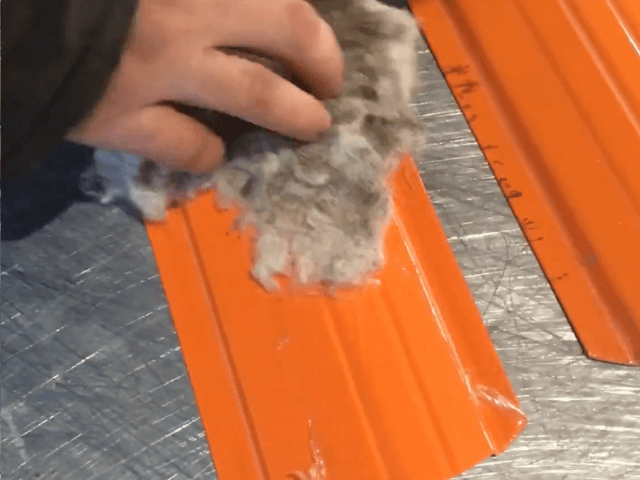
In any case, removing film that has adhered to the metal requires a significant amount of time and effort. If you’re dealing with an individual component, you can manage the task on your own, but for a facade or fencing, even a whole team will take several days to clean. Therefore, it’s better to avoid such situations by removing the film after installation or, at the very least, not allowing it to dry on the product.
TOP 5 WAYS TO REMOVE PROTECTIVE FILM FROM METAL PRODUCTS
Removing protective film from metal products can be a challenge, especially if the film is well-adhered or if it has traces of corrosion or prolonged exposure to environmental factors. However, there are several effective methods that can help remove protective film from metal products without damaging the surface. Here are the top 5 methods you can use:
- Using Heat: You can try removing the protective film by heating its surface. You can use a heat gun or a heat blower to warm the film, which will allow it to peel off slightly from the metal surface. However, caution should be exercised to avoid overheating the metal or damaging its paint coating.
- Using Solvents: Some solvents can help soften the adhesive layer that holds the protective film onto the metal surface. Common solvents used include alcohol-based solutions such as methyl alcohol, acetone-based solvents, or mineral spirits. Care should be taken when using solvents, as they can be volatile and flammable. Work in a well-ventilated area and avoid open flames or sparks.
- Mechanical Means: Another method for removing protective film from metal products involves using mechanical tools. Various tools such as plastic squeegees, rubber spatulas, knives, or scrapers can be used to carefully separate the film from the metal surface. It’s essential to handle this process with care to prevent damage to the metal surface.
- Using Steam: Steam can be an effective means of removing protective film from metal items. You can use a steam generator or simply heat water and allow the steam to form for a few minutes. Then, attempt to gently peel the film from the metal surface using a plastic squeegee or another suitable tool.
- Specialized Products: There are many specialized products available on the market designed specifically for removing protective film from metal items. These may include special solvents, lubricants, or adhesive removers that soften the adhesive layer and make it easier to peel off the film without harming the metal.
When using any of these methods, it’s important to exercise caution and follow safety guidelines. Always work in a well-ventilated area, avoid using open flames or heat sources near flammable materials, and take appropriate safety measures when handling solvents or chemicals. Additionally, be gentle and patient when attempting to remove the protective film to avoid damaging the metal surface.
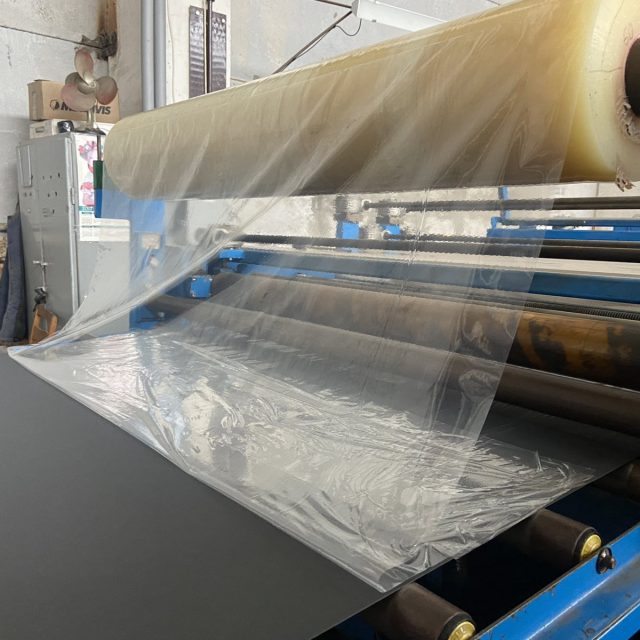
SAFETY FIRST
Furthermore, it is essential to prioritize safety when using any chemical solvents or mechanical tools. It is recommended to wear protective gloves, goggles, and other safety measures to protect yourself from potential injuries or exposure to chemical substances.
Regardless of the chosen method, the following steps are recommended for effectively removing protective film from metal products:
- Prepare the Work Area: Ensure proper ventilation, ventilate the area where you will be performing the film removal process, and protect the work area from potential damage or dirt.
- Test on an Invisible Area: Before starting the film removal, it is advisable to conduct a test on an inconspicuous area of the metal surface to ensure that the chosen method does not damage the metal or paint.
- Apply Uniform Pressure: When using mechanical tools such as spatulas, knives, or rulers, apply even pressure to avoid scratching or damaging the metal surface.
- Clean Adhesive Residue: After removing the film, adhesive residue may remain on the metal surface. You can remove it using special solvents or a soft cloth to restore the metal to its original appearance.
- Wash the Surface: After removing the protective film, it is recommended to wash the metal surface with water and a mild soapy solution to remove any remaining solvents or substances.
By following these steps and taking safety precautions, you can effectively remove protective film from metal products while minimizing the risk of damage and ensuring a clean and safe work environment.
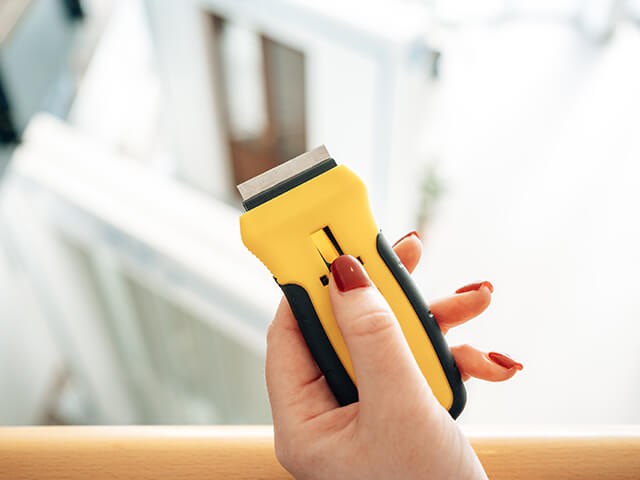
TECHNICAL MEANS FOR REMOVING PROTECTIVE FILM FROM METAL
The removal of protective film from a metal surface can be accomplished using various technical means that can simplify the process and provide a more efficient result. Here are some such technical means:
- Heat Gun: A heat gun or hairdryer is a device that uses hot air to heat the film and dissolve the adhesive. It can help to remove the film from the metal surface quickly and easily, allowing you to eliminate adhesive residues and achieve a cleaner result. Care should be taken not to overheat the metal or damage its paint.
- Pneumatic Scraper: A pneumatic scraper is a tool that uses compressed air to separate the protective film from the metal surface. It can be particularly effective for removing heavy or old films that are difficult to peel manually.
- Squeegee: A squeegee is a tool with a plastic or rubber blade that can be used to peel the protective film from the metal surface. It can be helpful for removing adhesive residues after film removal.
- Ultrasonic Film Remover: An ultrasonic film remover is a specialized device that uses ultrasonic waves to detach the protective film from the metal surface. It can be an effective method for removing the film without damaging the metal surface or paint.
- Chemical Solvents: Some chemical solvents, such as solvent-based solutions or specialized adhesive removers, can also be used to remove the protective film from metal products. These solvents can help soften the film’s adhesive, making it less sticky and facilitating easier separation from the metal.
Before using any technical means to remove protective film from metal, it is advisable to test them on an inconspicuous part of the metal surface to ensure compatibility with the material and the effectiveness of film removal. Additionally, tools such as rubber gloves, soft cloths, or ropes can be used to help separate the film from the metal.
The choice of technical means for removing protective film from metal products generally depends on the type of film, the condition of the metal surface, availability, and personal preferences. Regardless of the method chosen, it is essential to exercise caution to avoid damaging the metal surface.
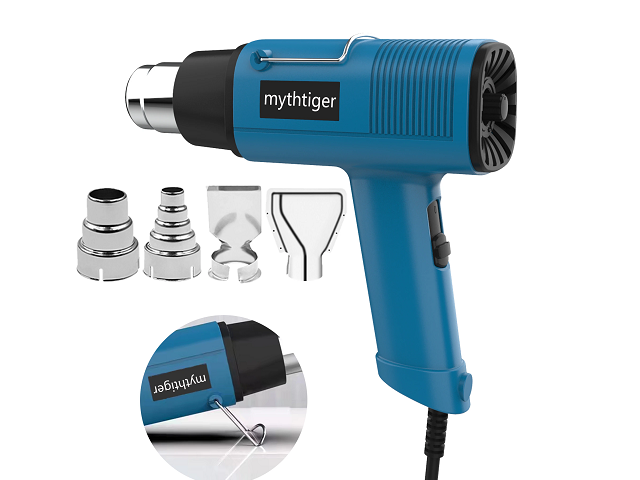
CHEMICAL SOLVENTS TO THE RESCUE
Here are several popular chemical solvents that can be used to remove protective film from metal:
- Acetone: Acetone is one of the most common solvents that can be used to remove protective film from metal. It has high solubility and can quickly soften the adhesive, making the film easily separable from the metal. However, acetone is a highly flammable substance, so its use requires careful handling and proper ventilation.
- Methyl Alcohol (Methanol): Methyl alcohol is another solvent that can be effective for removing protective film from metal. It also has high solubility and can soften the adhesive, aiding in film removal. However, the use of methyl alcohol also requires proper ventilation as it can be harmful when inhaled.
- Toluene: Toluene is another solvent that can be used to remove protective film from metal. It possesses high solubility and helps soften the adhesive, facilitating the separation of the film from the metal. Like other solvents, the use of toluene requires careful handling and proper ventilation.
- Adhesive Removers: There are also specialized adhesive removers designed specifically for removing protective film from metal. These products contain solvents specially formulated to soften the adhesive that holds the film onto the metal surface. They may be safer to use as they often have fewer emissions and a lower risk of explosion or fire hazard.
- Other Solvents: In addition to the above-mentioned solvents, there are many other chemical solvents that can be used to remove protective film from metal. Some of these include ether-based solvents, esters, amines, and more. They may have different properties and usage requirements, so it’s important to carefully review the manufacturer’s instructions and follow all safety measures.
It’s essential to remember that using chemical solvents to remove protective film from metal requires caution. It is recommended to follow the manufacturer’s instructions, adhere to safety measures such as proper ventilation, use gloves, goggles, and other protective gear, and use these products in well-ventilated areas or outdoors.

Is it safe to use chemical solvents on all types of metal surfaces?
It’s important to understand that not all metals react to chemical solvents in the same way. For sensitive surfaces like polished stainless steel or aluminum, it’s recommended to use gentle solvents or consult the metal manufacturer for recommendations. Always test the solvent on an inconspicuous area before application.
How do I remove adhesive residue after removing the protective film?
If adhesive traces remain on the metal after film removal, gently rub the surface with a cloth soaked in adhesive remover or alcohol. It’s important to proceed carefully to avoid damaging the metal surface. After treating with the solvent, rinse the surface with a mild detergent and water, then dry it thoroughly.
Can adhesive solvents be used on colored metals?
Solvents can affect the appearance or color of colored and treated metal surfaces. Before using them on colored metals like bronze or copper, be sure to conduct a test on an inconspicuous area. In some cases, it’s best to seek assistance from professionals.
What should I do if the film does not peel off completely and tears?
If the film tears during removal, try heating the next section with a hairdryer to soften the adhesive and make the film easier to remove. Use a plastic scraper to lift the edges of the film without damaging the metal.
How can I prevent damage to the metal when removing the protective film?
The best way to prevent damage to the metal is to use the right tools and techniques. Avoid using sharp objects such as knives or blades, as they can scratch the surface. Always start with the least aggressive methods, such as heat or mechanical methods, before resorting to chemical solvents.

